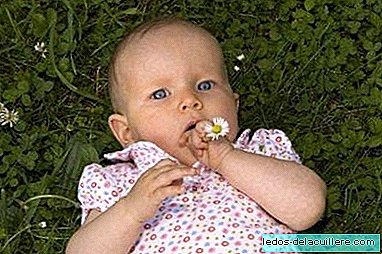
That breast milk is the best food for the baby, there is no doubt. Not only for its nutritional benefits, because it is authentic 'smart liquid' that adapts exactly to the needs of the newborn, but also for its benefits at an affective, cognitive and immunological level, among many other advantages.
We still do not know all the components of breast milk (it has hundreds of 'good' bacteria that have not yet been studied), but recently another benefit has been discovered: natural components of breast milk that increase memory have been identified.
An oligosaccharide is the key
The research has been published in the Journal of Nutritional Biochemistry and is the result of a work led by the Department of Strategic Research of the Abbott company in Granada, with the collaboration of the Department of Neurosciences of the Pablo de Olavide University, in Seville, and the Department of Biochemistry and Molecular Biology of the University of Jaén.
The study shows that the intake of Oligosaccharide 2'-fucosyllactose, the most abundant in breast milk, has beneficial effects on the ability to learn and remember.
Breast milk contains lipids, proteins and carbohydrates. The latter are divided between lactose, an oligosaccharide intended to provide rapidly available energy, and a large number of non-digestible oligosaccharides whose assembly is called HMO (for its acronym in English of human milk oligosaccharides).
These compounds, HMOs have a broad biological importance for the newborn, because in number they are even more abundant than proteins.
The authors studied the beneficial effects derived from the administration of 2'-FL on learning and memory skills of mice and laboratory rats. Animals fed diets supplemented in 2'-FL completed different behavioral tests faster than control groups.
In addition, it is demonstrated that the oral administration of 2'-FL strengthens the so-called long-term potentiation in the hippocampus, an area of the brain particularly related to memory processes and spatial learning. The LTP process is closely linked to the Neuronal plasticity and is widely recognized in the field of neuroscience as the cellular mechanism that underlies the memory fixation and learning.












